Terminal des bus express de Gyeongju (경주고속버스터미널)
1.4Km 2024-12-18
243-5 Noseo-dong Gyeongju-si Gyeongsangbuk-do
+82-54-741-4000, 4001
Marché Jungang de Gyeongju (경주 중앙시장)
1.5Km 2025-03-26
295, Geumseong-ro, Gyeongju-si, Gyeongsangbuk-do
+82-54-743-3696
Le
marché Jungang qui a une histoire de 100 ans, était dirigé
en tant que marché temporaire et a ouvert ses portes officiellement en
1983. Aujourd'hui, plus de 700 boutiques de vêtements, légumes,
ustentiels ménagers etc et environ 2 000 marchands préserve également
la tradition du Oiljang(marché traditionnel ouvert tous les 5 jours)
tous les jours où il y a un 2 ou 7 dans la date.
Temple Bunhwangsa (분황사)
1.5Km 2022-08-04
94-11, Bunhwang-ro, Gyeongju-si, Gyeongsangbuk-do
+82-54-742-9922
Le temple de Punhwangsa a été construit en l’an 634, durant la troisième année du règne de la reine Seon Deok, 27ème souveraine de la dynastie Silla. Les éminents moines bouddhistes Wonhyo et Jajang y ont résidé.
Comme le temple est chargé d’histoire, il a autrefois contenu de nombreuse reliques historiques mais la plupart d’entre elles ont été perdues lors de l’invasion mongole et de l’invation japonaise de la Corée en 1592. Les reliques restantes comprennent n la tour de pierre de Mojeon, le Hwajaengguksabibu (une pierre commémorative placée en mémoire de Wonhyo, un prêtre bouddhiste de la dynastie Silla), le Samnyongbyeoneojeong (un puit où trois dragons protecteurs de Silla auraient résidé) ainsi que les piliers Danggan.
La tour de pierre de Mojeon, le 30ème Trésor National, est haute de 9,3 mètres et a été construite avec des briques découpées dans des roches andésites. On suppose que la pagode d’origine possédait 7 à 9 étages, mais seuls 3 étages subsistent à présent. Les piliers Danggan, deux pilliers de pierre de 3,6 mètres de haut, se trouvent à l’entrée du temple de Punhwangsa. Danggan désigne des mâts de bois, de métal ou de pierre où l’on accrochait les drapeaux des festivals bouddhistes pour que les gens puissent les voir même de loin. Ces piliers-là sont soutenus par des tortures de pierre, caractéristique unique que la plupart des pilliers ne possèdent pas. Il y a également des statues de Bouddha exposées dans la cour du musée national de Gyeongju. Ces statues ont été trouvées à 30 mètres au Nord du mur arrière du temple de Punhwangsa.
Tombeau Royal de la Reine Seondeok (경주 선덕여왕릉)
2.5Km 2021-02-02
Baeban-dong, Gyeongju-si, Gyeongsangbuk-do
+82-54-779-6100
Le Tombeau Royal de la Reine Seondeok, situé à Bomun-dong, est un tombeau de forme ronde avec des couches de terre, et d’une circonférence de 73 mètres. A part le fait qu’il fut construit avec une double couche de pierre naturelle, le tombeau n’a pas d’autres caractéristiques uniques. En tant que fille la plus âgée du Roi Jinpyeong, la Reine Seondeok devint la première reine de la Dynastie Shilla. Durant la seizième année de son règne, le Temple Bunhwangsa et l’Obesrvatoire Cheomseongdae furent bâtis. Elle ordonna aussi la construction de la célèbre pagode à neuf étages du Temple Hwangyongsa, véritable réussite d’architecture bouddhiste. Alors que ses nombreux efforts ont posé les fondations de l’unification des Trois Royaumes, le règne de la Reine Seondeok fut infesté par les révoltes et les conflits. Elle décéda en 647, durant une révolte, 23 ans avant que l’unification n’ait lieu.
Parc Hwangseong
2.8Km 2025-11-03
79-41 Yongdam-ro, Gyeongju-si, Gyeonsangbuk-do
Le parc Gyeongju Hwangseong est situé dans une vieille forêt qui a servi de terrain d'entraînement aux peintres pendant la dynastie Silla. Il s'agit d'une forêt dense avec des pins élégants comparables à Samneung et des arbres centenaires. En été, la promenade de la pinède est bordée de colonies de pins qui ajoutent au paysage spectaculaire, et en automne, les zelkova, les aubépines et les chênes sont colorés par les feuilles d'automne. Les habitants de Gyeongju et les touristes continuent de l'apprécier en tant qu'espace de guérison dans le centre de la ville, et elle sert également de refuge aux voyageurs fatigués par les visites culturelles et historiques. Tous les deux ans, au début du mois d'octobre, se tient le festival de la culture Silla, qui ajoute à l'attrait du lieu.
Centre de recherche sur les forêts à Gyeongju, région Gyeongsangbuk-do (경상북도 산림환경연구원)
3.1Km 2021-03-12
367, Tongil-ro, Gyeongju-si, Gyeongsangbuk-do
+82-54-778-3813
Le centre de recherche sur les forêts situé au pied du mont Namsan à Gyeongju sert d'espace de repos et de lieu d'apprentissage concernant les environnements naturels. Il se distingue par un environnement harmonieux entre ses plantes sauvages et ses arbres.
Jardin de la Forêt du Millénaire de Gyeongbuk(경북천년숲정원)
3.3Km 2025-04-02
Centre de jardin, 366-4, Tongil-ro, Gyeongju, Gyeongsangbuk-do
Le Jardin de la Forêt du Millénaire de Gyeongbuk, situé au pied du mont Dongnam à Gyeongju, était à l'origine l'Institut de recherche sur l'environnement forestier de Gyeongsangbuk-do. C'était un institut de recherche consacré à l'étude de l'environnement forestier, à la propagation et à la préservation des arbres d'héritage, ainsi qu'à la lutte contre les maladies et les insectes nuisibles. En 2023, il a été ouvert au public en tant que parc forestier, devenant le cinquième jardin régional créé et géré par une collectivité locale en Corée du Sud, et le premier dans la province de Gyeongsangbuk-do.<br>
À l'ouest de la route asphaltée se trouve l'Institut de recherche sur l'environnement forestier de Gyeongsangbuk-do, tandis qu'à l'est, le jardin offre des forêts, des sentiers, des ruisseaux et des jardins. En entrant par le sentier de la forêt de métaséquoia, vous rencontrerez d'abord la forêt miroir. Là, sur un pont en bois, vous pouvez voir votre reflet dans le ruisseau clair, ce qui a donné son nom au lieu, la forêt miroir. Ensuite, vous découvrirez le jardin des bonsaïs, le jardin de rochers, le jardin de Surabeol avec une cascade et des fontaines au sol, et enfin le jardin de l'étang aux saules.<br>
Chaque zone est plantée de diverses arbres et fleurs, offrant des caractéristiques spatiales différentes et permettant de profiter des changements saisonniers. Des panneaux explicatifs bien rédigés aident à comprendre les caractéristiques des plantes, ce qui en fait un lieu recommandé pour l'éducation des enfants. À seulement 10 minutes en voiture, vous trouverez des sites touristiques tels que le Palais Donggung et l'Etang Wolji, le tombeau royal de la reine Seondeok et le Pont Woljeonggyo, ce qui en fait une excellente option pour une visite lors de votre voyage à Gyeongju.<br>
◎ Informations de voyage pour découvrir le charme de Hallyu - le pont en bois où Deok-soon pleurait sans fin à cause du chagrin lié au "seok-sam" dans le drama "La métamorphose de l'amour de Deok-soon". Les environs du pont en bois, qui apparaissent comme un lavoir dans le drama, sont particulièrement connus comme un lieu de photo.<br>
Centre artistique de Gyeongju (경주예술의전당)
3.3Km 2021-02-19
1, Alcheonbuk-ro, Gyeongju-si, Gyeongsangbuk-do
+82-1588-4925
Le centre artistique a ouvert ses portes au public le 6 novembre 2010 après deux ans et quatre mois de construction, qui a commencé le 14 avril 2008. Se dressant sur un terrain d’une surface de 27 925 m², le bâtiment de cinq étages possède également deux étages inférieurs (soit l’équivalent de 13 étages en hauteur), sur une surface de 21 232 m² et équipé des derniers équipements (tels que les scènes tournantes).
Les équipements principaux incluent une grande et une petite salle de spectacle, une salle d’exposition, une scène en extérieur, une salle de conférence, une salle de séminaire et une librairie de jouet où une large gamme de programmes éducatifs et participatifs sont organisés.
경주 버드파크
4.3Km 2025-10-23
Gyeongsangbuk-do, Gyeongju-si, Bomun-ro 74-14
+82-54-777-7200
기존의 우리에 갇힌 동물을 밖에서 보는 것이 아니라, 커다란 새 장 속으로 직접 들어가서 새들을 만지고 어깨에 올려보고 하는 공간이라는 점이 독특한 방식이다. 새도 행복하고 구경하는 관람객도 행복한 구조로 설계가 되어 있다.
국내 최초의 체험형 화조원인 경주버드파크는 1층 전체가 생태체험관으로 구성되어 있다. 주로 조류가 90% 정도를 차지하며, 파충류, 어류, 기타 소동물 등이 있다. 2층은 전시체험관으로 구성되어 있으며, 야외체험장이 있다.
경상북도 1호로 전문동물원 박물관 등록기관으로 국제희귀 동물의 수입 및 전시가 가능한 시설이다.
Tobaki (토박이)
4.4Km 2024-12-12
21, Bukgun-gil, Gyeongju-si, Gyeongsangbuk-do
+82-54-748-7025
"Tobaki" serves exquisite Galchi-jjigae, Galchi-gui, and Dolsotbap, and has designated as a signature restaurant in the Gyeongju region. The restaurant welcomes many regulars due to its high standards in service and inexpensive menus.
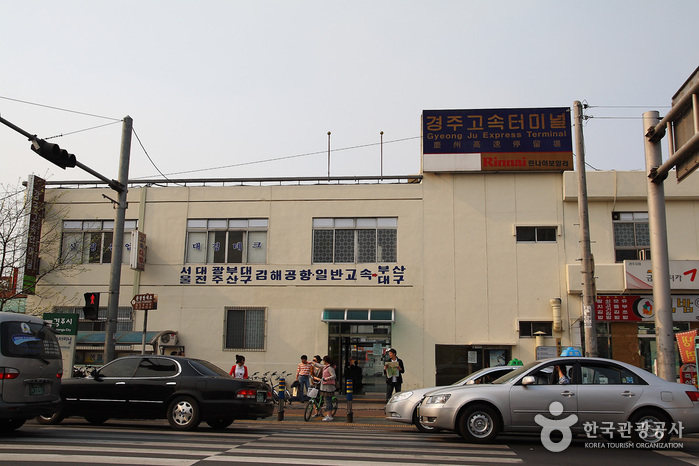
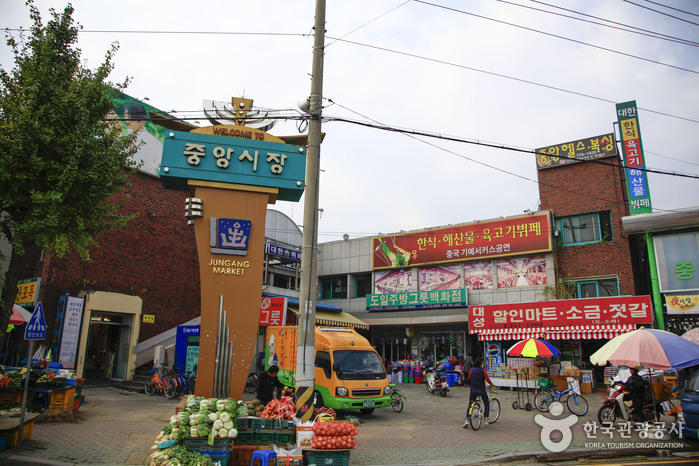
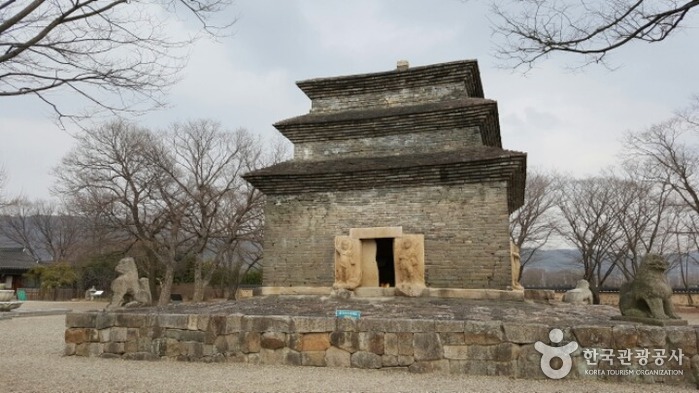
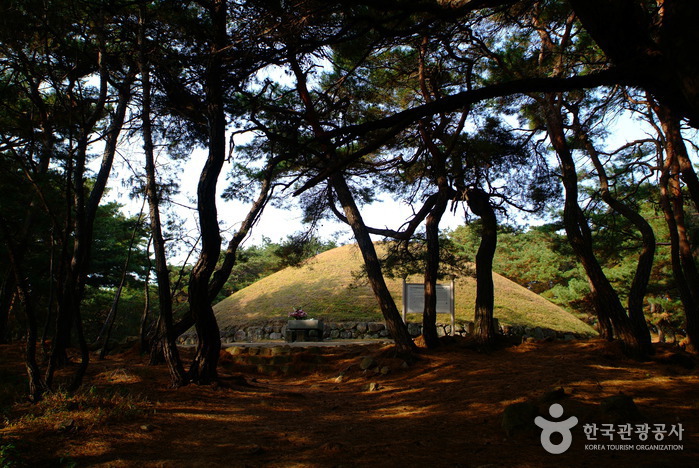

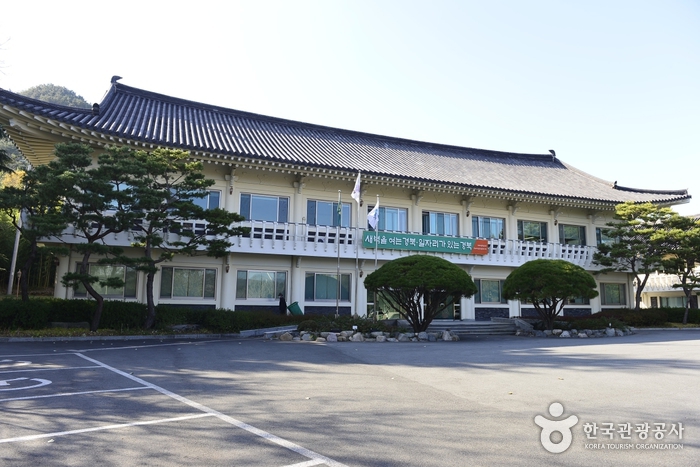
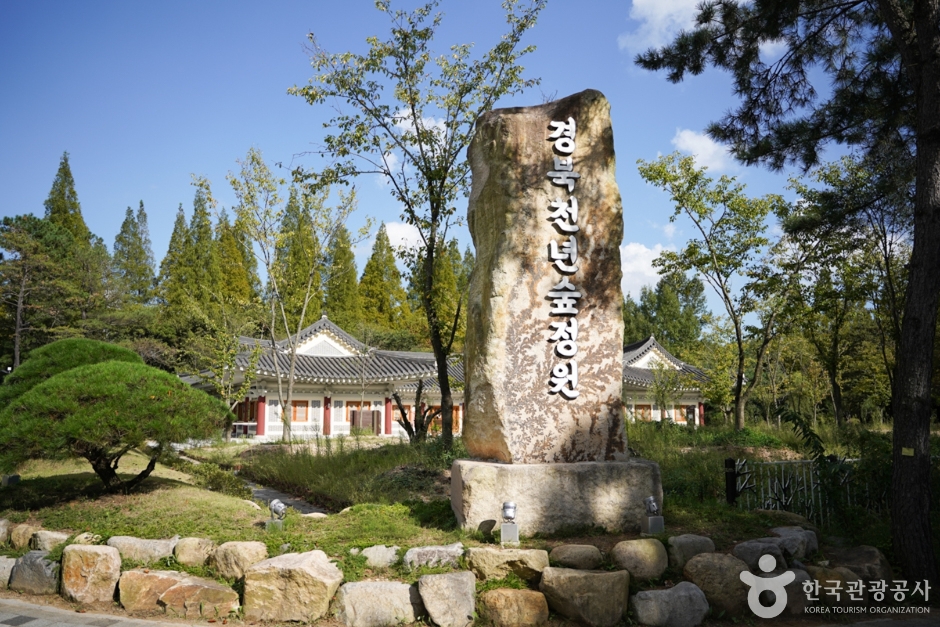
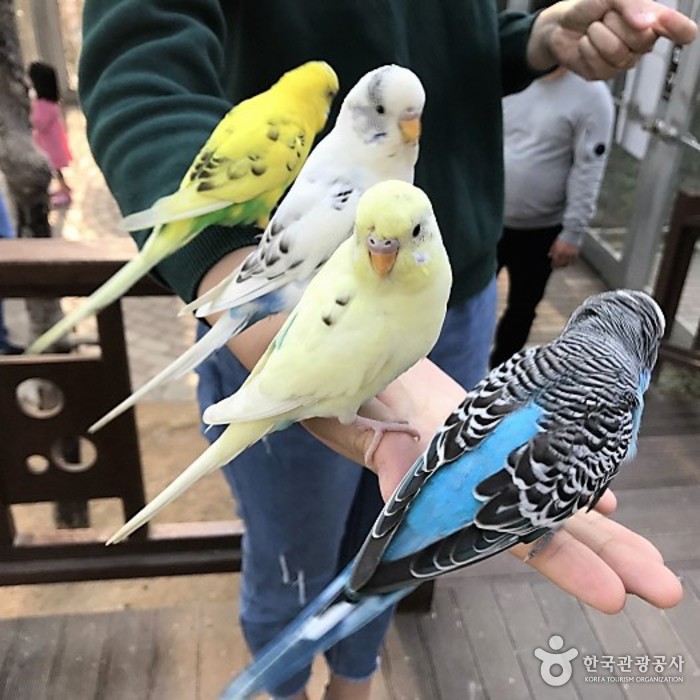
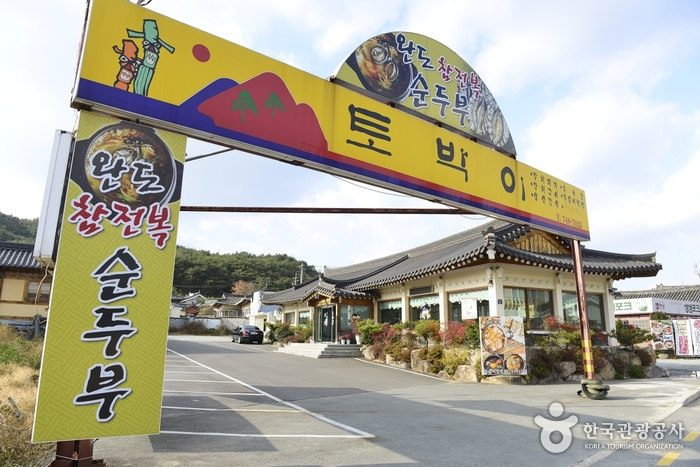
 Français
Français
 한국어
한국어 English
English 日本語
日本語 中文(简体)
中文(简体) Deutsch
Deutsch Español
Español Русский
Русский